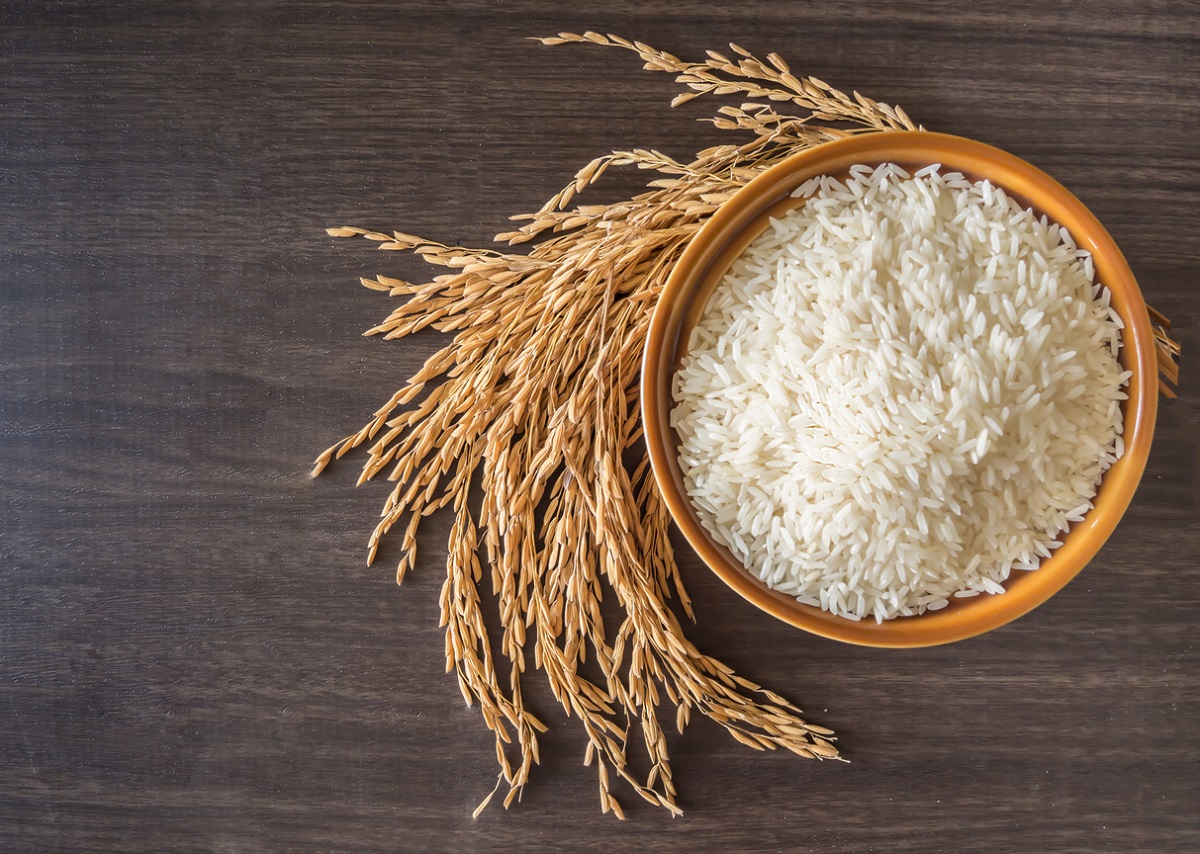
Rice With More Resistant Starch Made Possible Using CRISPR-Cas9
June 22, 2022| |
Using CRISPR-Cas9, researchers from Texas A&M University were able to produce rice with an increased amount of resistant starch. The findings can help develop rice that is more beneficial for human health and possibly reduce the risk of diet-related chronic diseases.
Resistant starch is commonly found in cereal crops. It is not easily digestible nor absorbed by the small intestine, and is passed on to the large intestine which helps make the elimination of waste more efficient. Although rice is an excellent source of starch, it is mainly composed of amylopectin and amylose. The researchers saw this as an opportunity to develop rice rich in resistant starch using the rice cultivar Presidio, a semi-dwarf, high-yielding tropical japonica with high grain quality.
With previous knowledge that starch branching enzymes (SBEs) contribute to the increased levels of resistant starch in cereal crops, the researchers used multiplex CRISPR-Cas9 to simultaneously target four SBE genes in rice using the endogenous transfer RNA-processing system for expressing the single-guide RNAs targeting these genes. This resulted in the identification of knockout mutations at all four SBEs genes in rice plants. The next generation of rice plants exhibited different combinations of SBE genes, with several of them showing an increase of as much as 15% in resistant starch content. The study supports the potential of multiplex genome editing to develop high-resistant starch rice lines.
Read the full article in Plant Genome to learn more.
| |
You might also like:
- Starch Synthesis Genes in Thai Rice Starch
- OsAlaAT1 Gene and its Role in the Regulation of Starch Storage in Rice Endosperm
- OsPK2 Gene Involved in Starch Synthesis and Grain Filling in Rice
Biotech Updates is a weekly newsletter of ISAAA, a not-for-profit organization. It is distributed for free to over 22,000 subscribers worldwide to inform them about the key developments in biosciences, especially in biotechnology. Your support will help us in our mission to feed the world with knowledge. You can help by donating as little as $10.
-
See more articles:
-
Gene Editing Supplement (June 22, 2022)
-
Research and Tools
- Rice With More Resistant Starch Made Possible Using CRISPR-Cas9
- Researchers Use CRISPR-Cas9 in Cultured Oysters
- CRISPR SWAPnDROP Enables Efficient Large-Scale Interspecies Gene Transfer
- MIT-Led Research Team Adds Compact Cas7-11 Enzyme to CRISPR Toolkit
- Experts Enhance Editing Rates of CRISPR-Cas12a
-
Public Acceptance and Engagement
- Experts Discuss Addressing Public Acceptance of CRISPR in Agriculture and Medicine
-
Read the latest: - Biotech Updates (January 14, 2026)
- Gene Editing Supplement (December 17, 2025)
- Gene Drive Supplement (February 22, 2023)
-
Subscribe to BU: - Share
- Tweet

